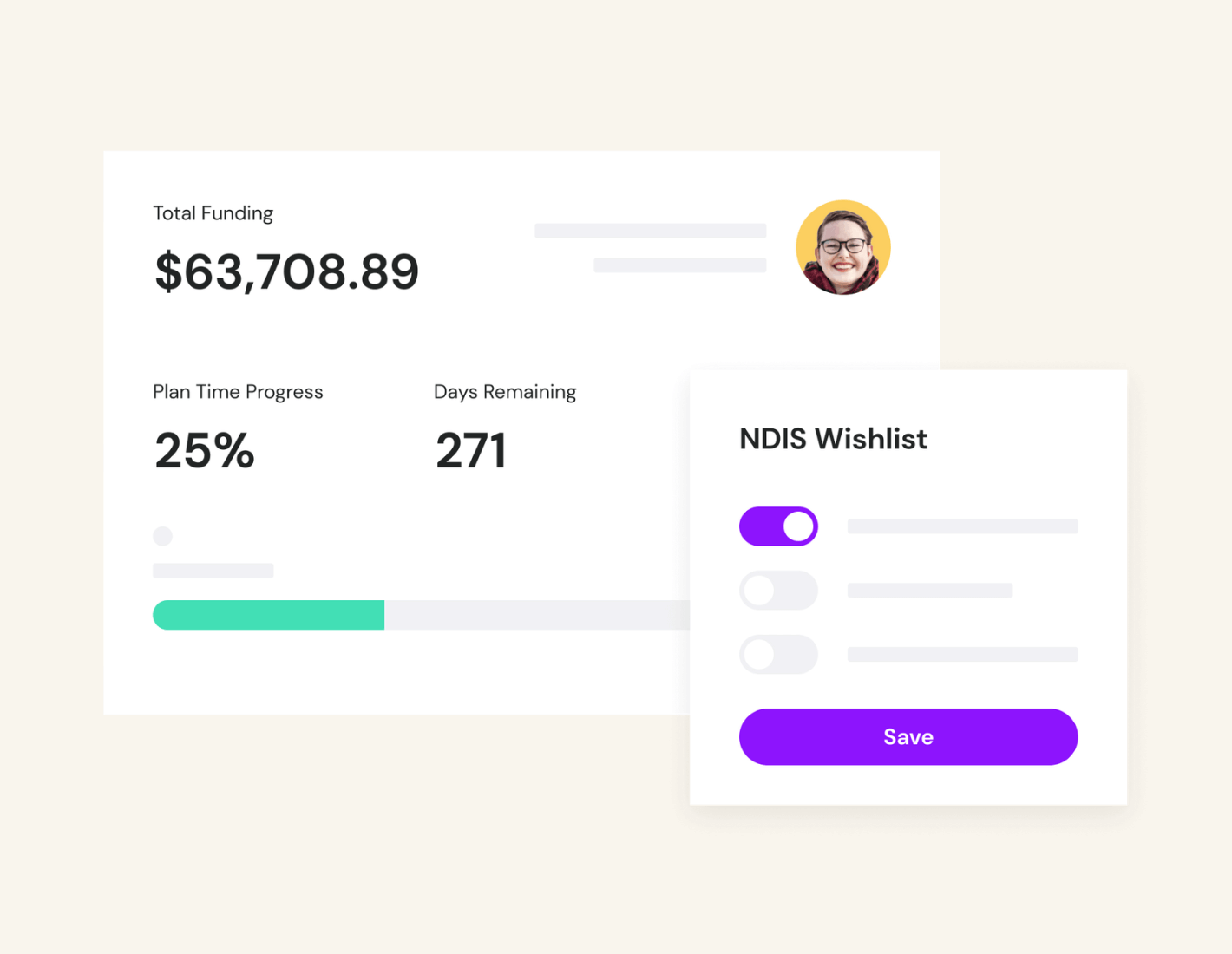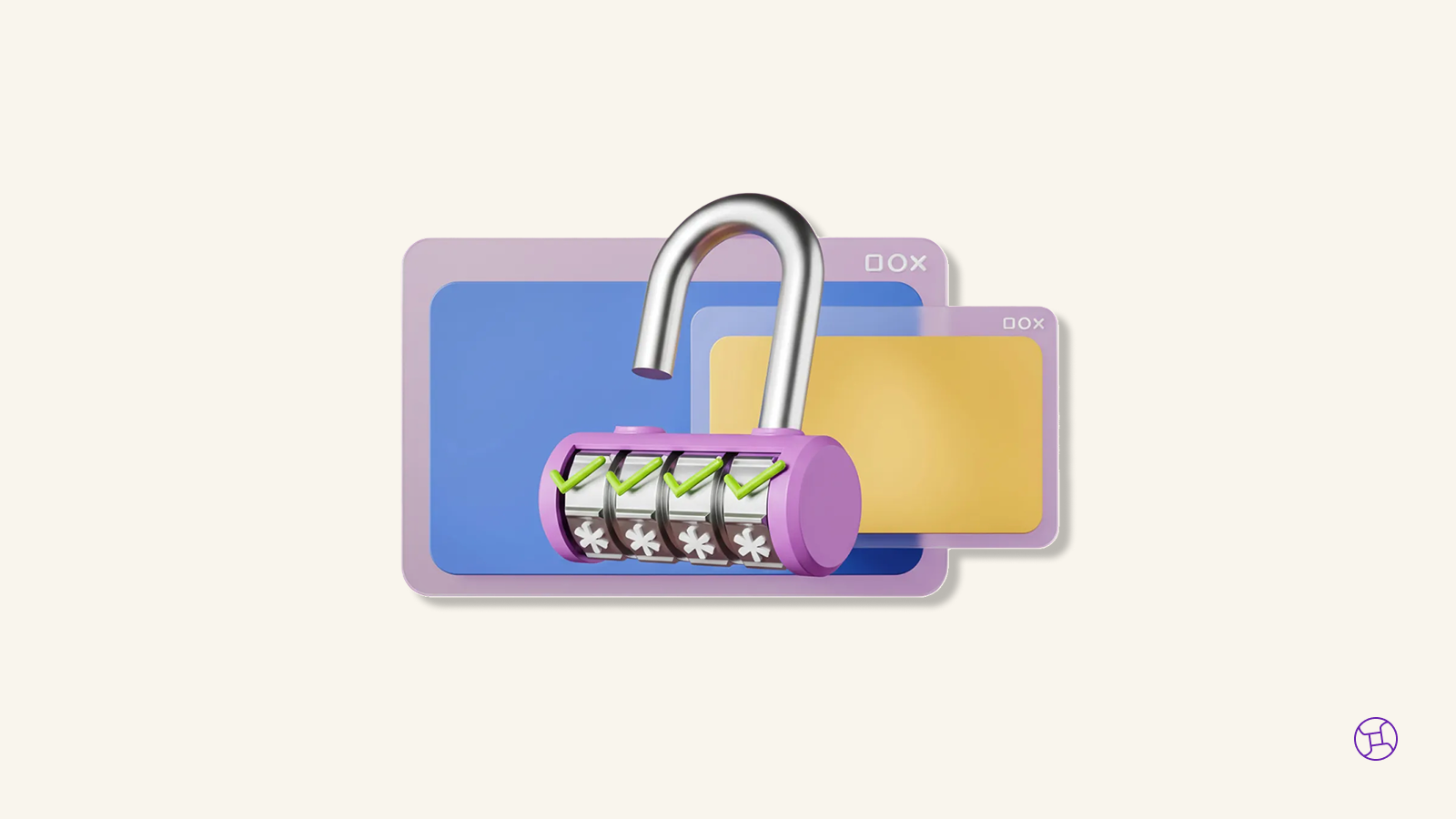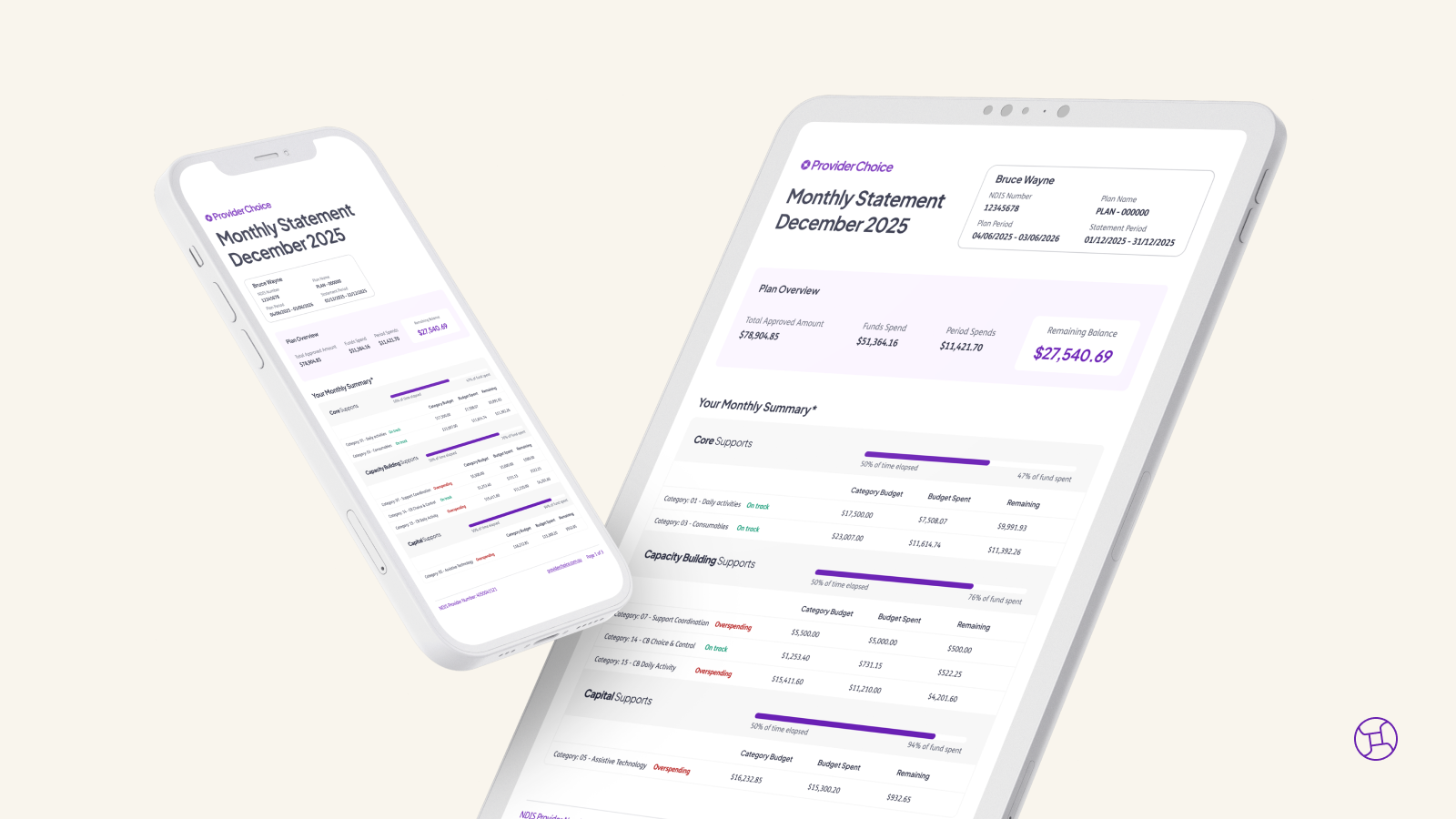Sometimes, your funding might not stretch as far as you’d hoped - and that’s okay. There are always steps you can take to keep moving forward. If you notice your Assistive Technology or Consumables budget is a little low when an invoice arrives, you’re not alone. Here’s a guide to help you feel confident in your next steps.
1. Reviewing What You Have
Take a moment to log in to your dashboard or review your latest monthly statement. This helps you see:
- Your current budget for Assistive Technology or Consumables
- Any recent or regular expenses that may have reduced your available funds
Helpful reminders:
- Have all purchases gone according to your plan?
- Are there any upcoming needs you want to keep in mind?
2. Deciding What’s Most Important
When budgets feel tight, it can be empowering to decide what matters most to you. For example:
- Focus first on supports that help with safety, everyday wellbeing and independence.
- It’s perfectly fine to pause or postpone less essential purchases until you’re ready.
3. Talking with Your Providers
If you’re unable to cover an invoice in full, providers often have solutions that could work, like:
- Negotiating a lower price.
- Making a partial payment with your funding, with the option to contribute the remaining portion yourself.
- Arranging to make the purchase once you receive your new plan.
A quick conversation can make things clearer for both you and your provider.
4. Reaching Out to Your Support Team
Support Coordinators and Local Area Coordinators are there to help you navigate changes or answer questions about your plan. They can help you:
- Review your plan and set priorities
- Explore other possible funding options
Don’t forget you have our Dashboard and Budget Tool available. You can book a one-on-one session with one of our Gurus for personalised support in getting the most out of your platform tools.
5. Looking Ahead for Next Time
If you’re finding your funds run low more than once, it will help to:
- Make sure you check your funding regularly through your dashboard or monthly statements
- Note any surprises or bigger expenses throughout the year
- Write down ideas or needs ahead of your next plan review, so you’re ready to discuss them
Tips:
- Keep a small reserve for unexpected needs if you can
- Set gentle boundaries for non-urgent purchases

Remember, your plan is here to support you. With the right tools and a bit of planning, you’ve got everything you need to make the best decisions for your needs. We’ll be here to back you every step of the way!
.png)


